Welcome to the new decade, the new roaring 20ies!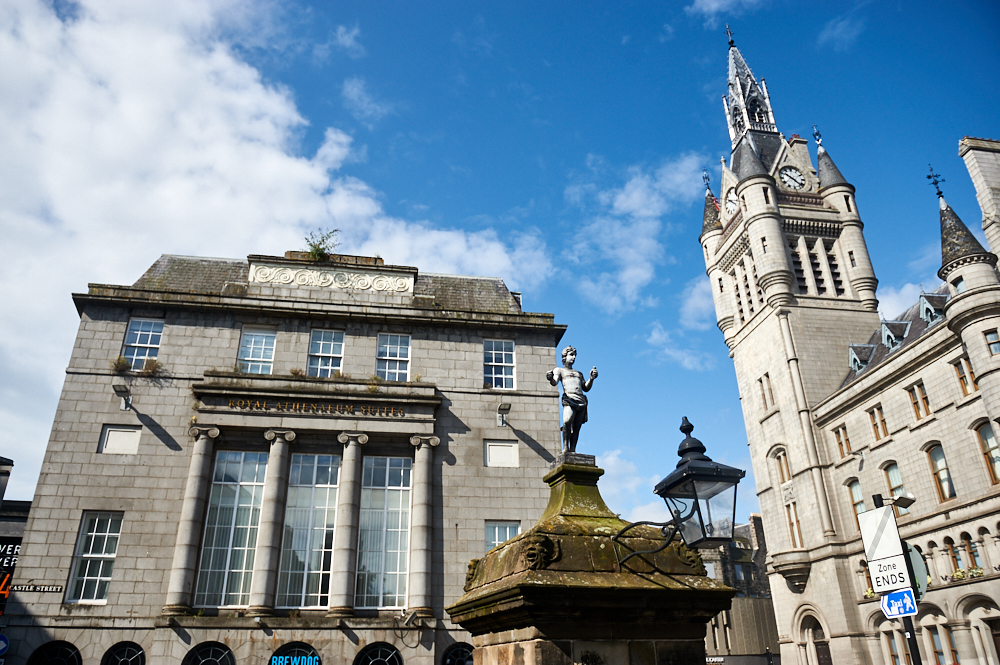
But there are still a few things to look back in 2019. Like my few days in Aberdeen! It was about time to say goodbye to Galashiels and the Scottish Borders board the train Edinburgh and move up further north. A few cancelled trains later I arrived in Aberdeen and stayed in that building on the left side. Unfortunately, I had the “cheap view” on the back and not the stunning one to the market square.
The Royal Atheneum Suites Hotel was situated in Castlegate, right in the city centre, just a short walk from the train station and from the harbour. I started my morning stroll right at the Old Aberdeen Market Cross.
Aberdeen Mercat Cross
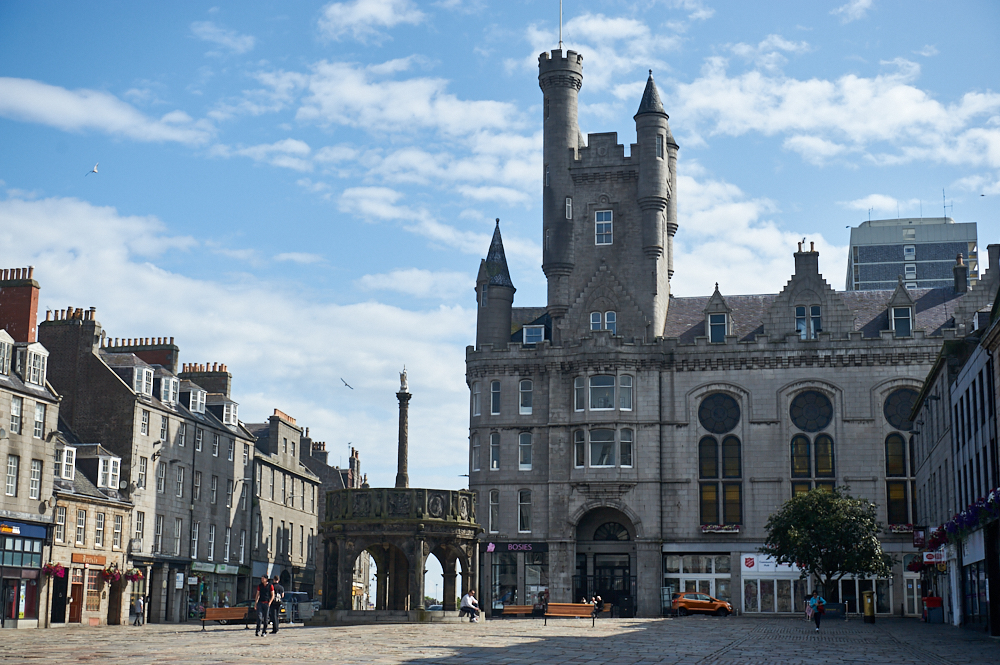
The Mercat Cross was the traditional heart of the burgh.
At the cross new monarchs were proclaimed: a locked staircase led from ground level to the top where announcements were made. The symbolism in making the announcement from this spot was important to the Jacobites and on the 20th of September 1715, the Old Pretender was declared king at the Mercat Cross.
Built in 1686 and designed by John Montgomery it shows ten of the Stewart monarchs and the Royal arms and the burgh’s arms with a marble unicorn on top.
At the upper end of Castlegate stands The Salvation Army Citadel built on the former site of the medieval Aberdeen Castle.
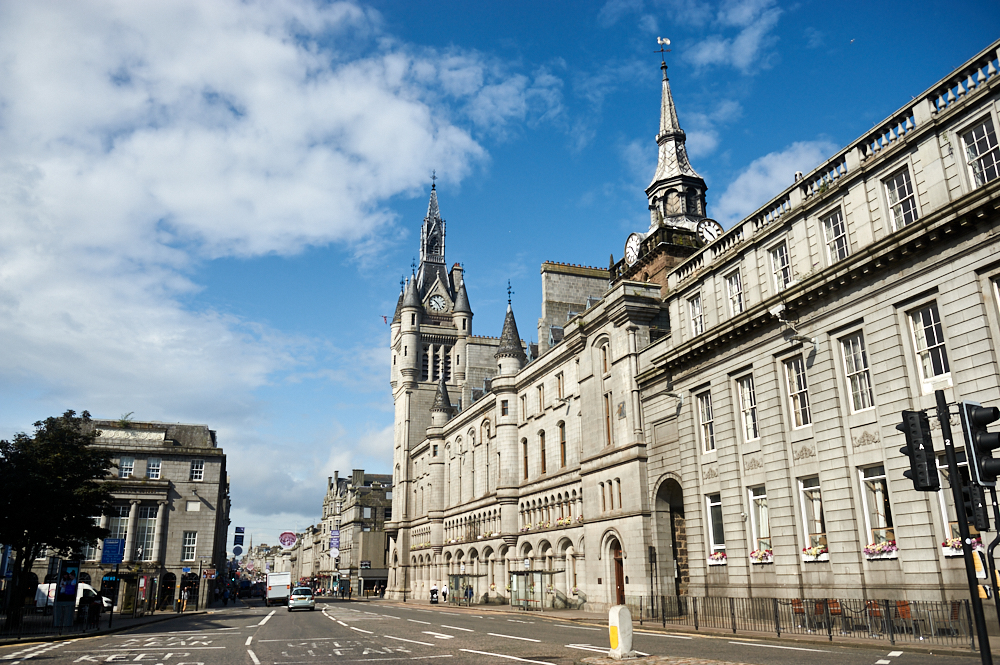
From Castlegate, I just walked straight ahead on King´s Street toward Old Aberdeen and King´s College.
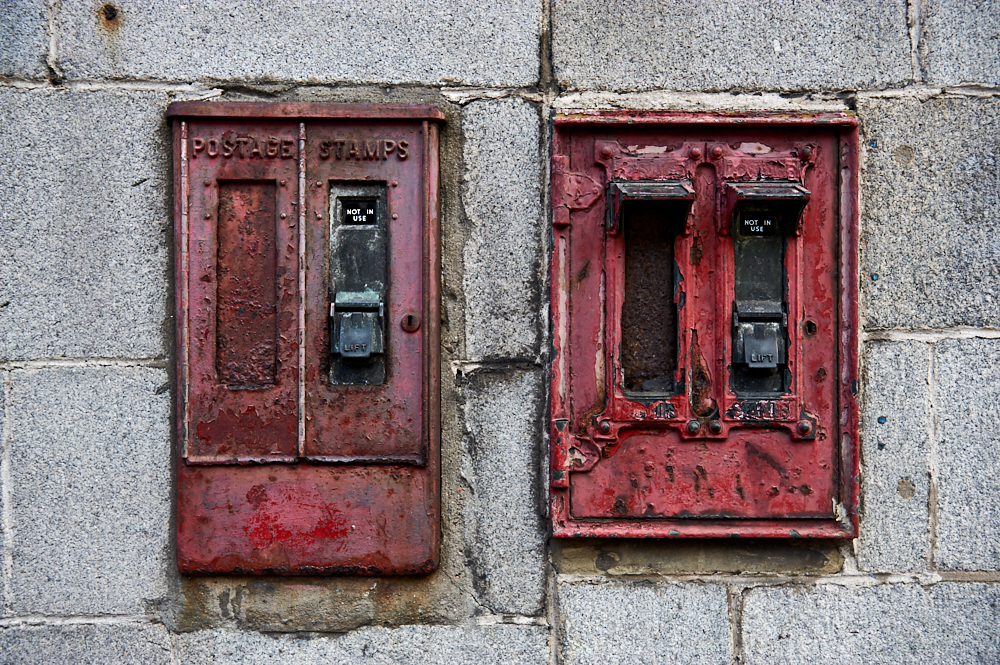

Old Aberdeen
Old Aberdeen used to be a separate burgh until it became part of Aberdeen in 1891. Today it is a very charming area of Aberdeen and still has the flair of a small town and village.
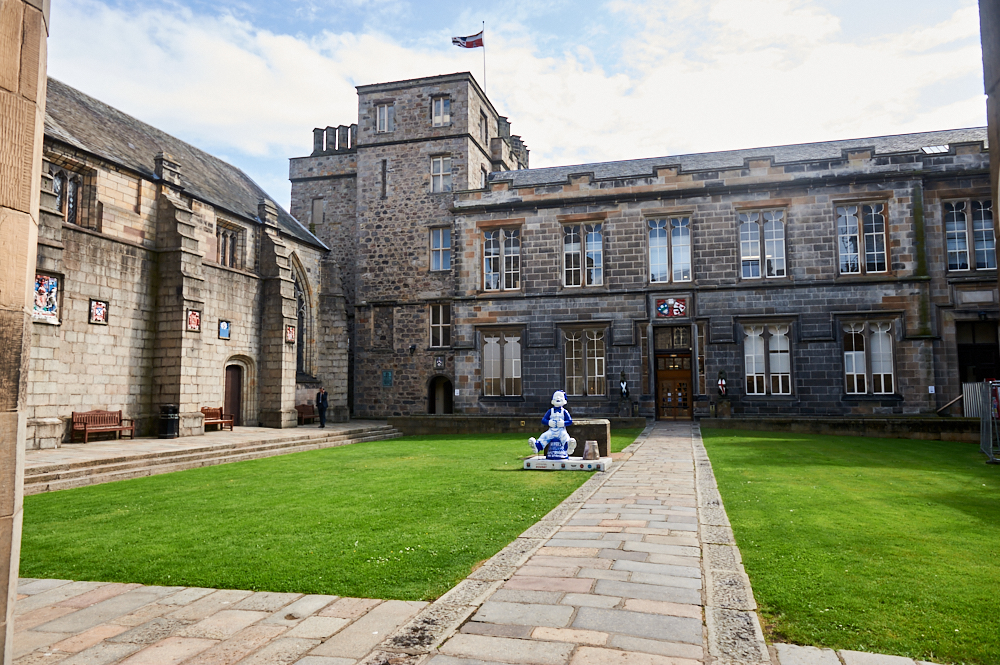
King´s College was founded in 1495 and today is part of the Aberdeen University. King´s College Chapel (on the left) is the oldest building of the complex and dates back to the 15th century.
King´s College was the first university in Aberdeen and the third overall in Scotland.
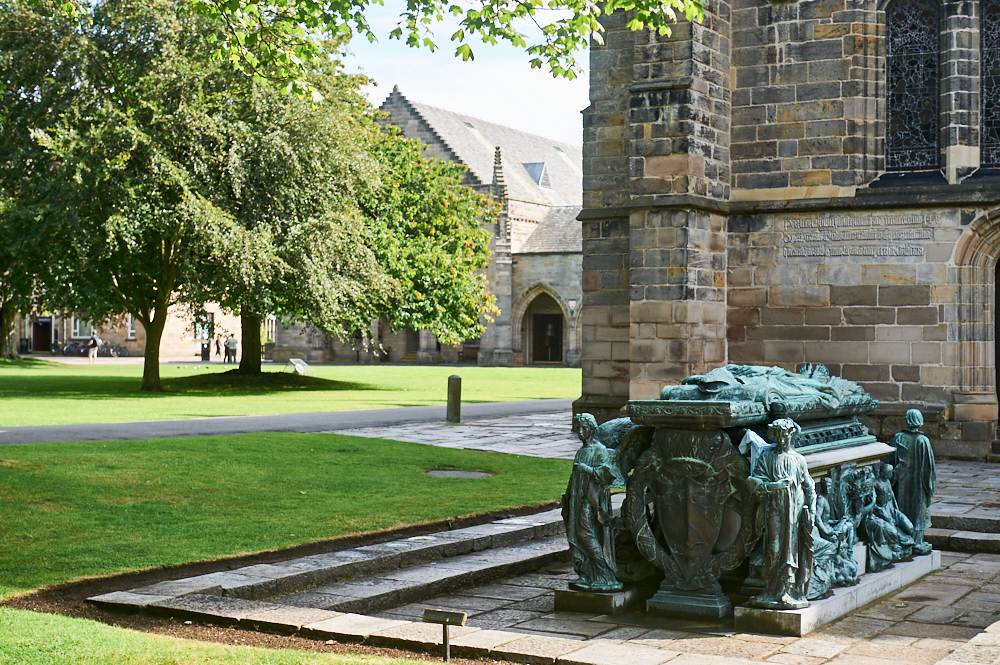
The whole college complex has a very lovely and relaxed feel, lots of residential houses, shops and bigger university buildings surrounded by gardens.
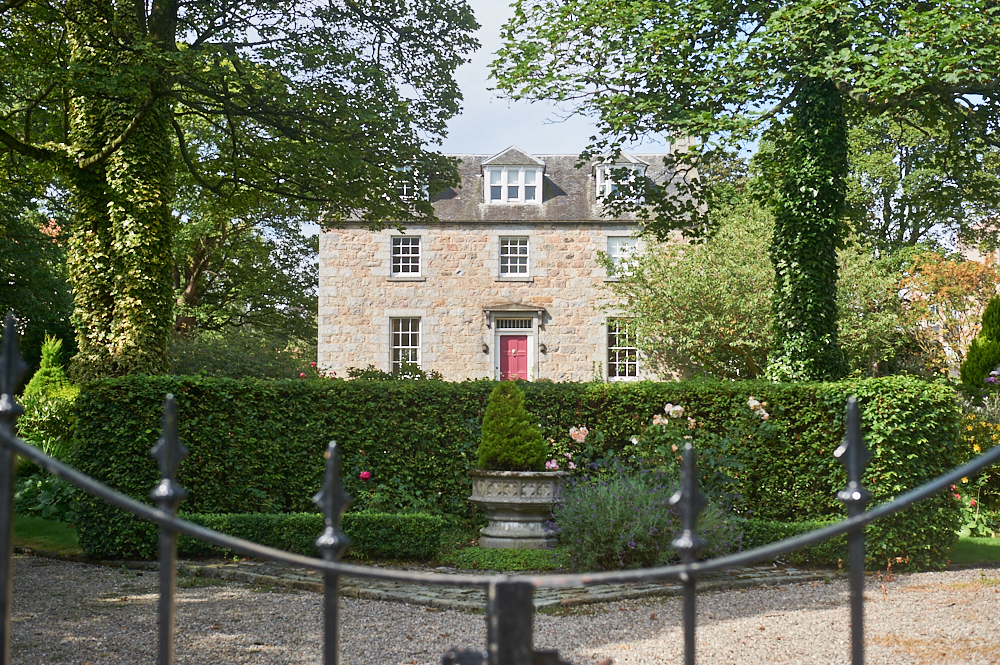
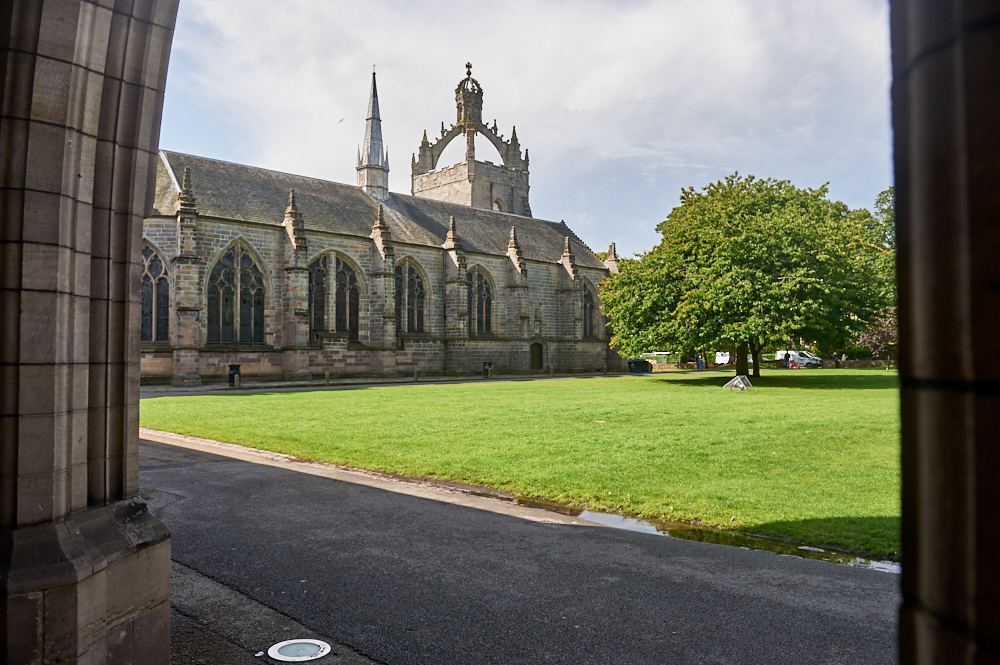
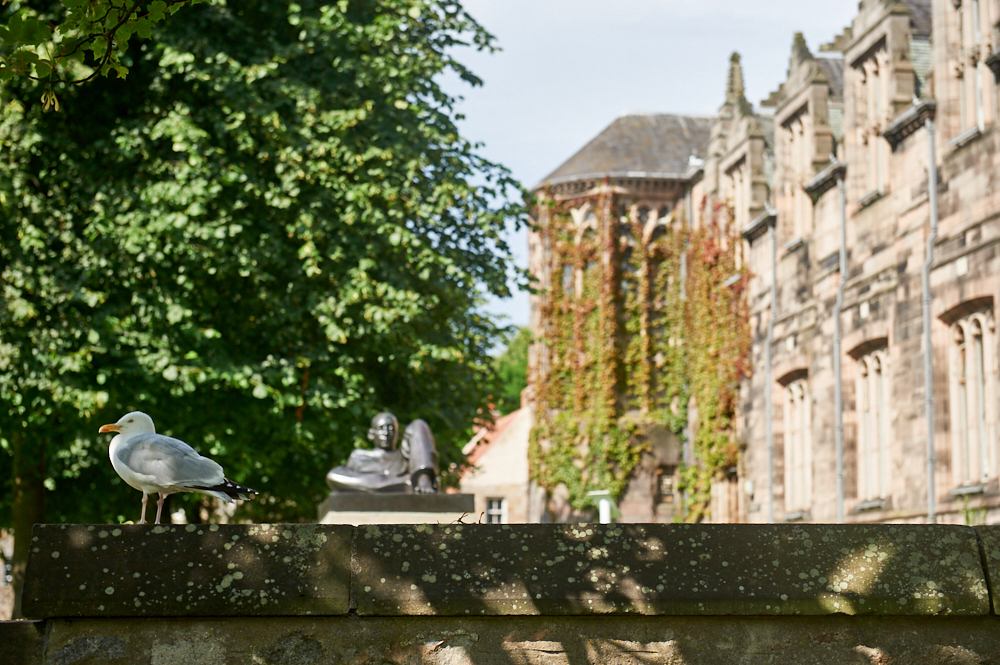
Old Aberdeen was an important political, ecclesiastical and cultural centre since the Middle Ages. Some of the historical buildings in the area today are dating back to the Middle Ages.
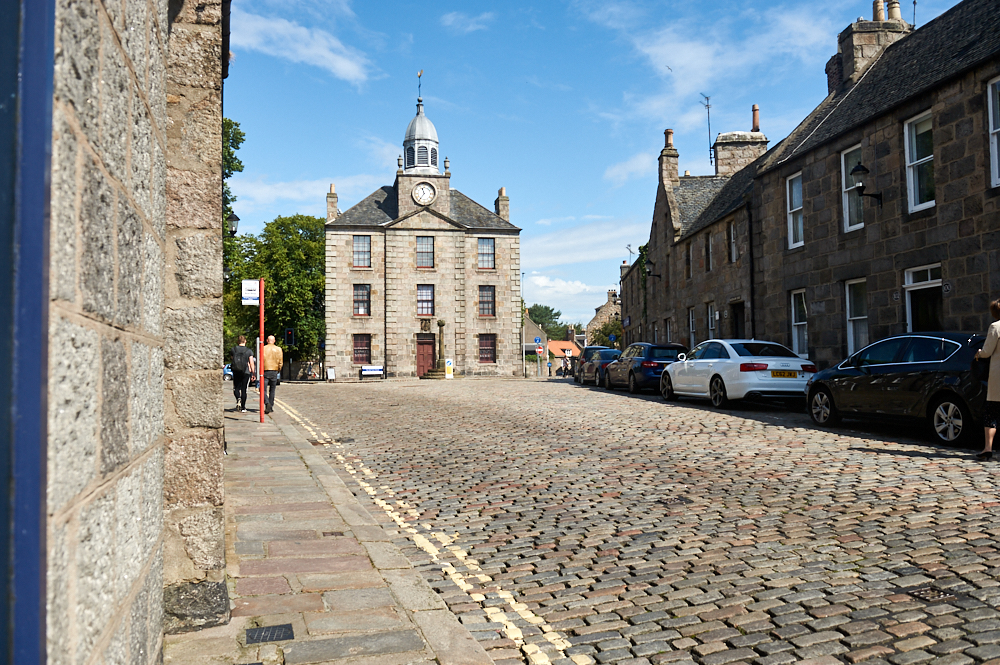
The Old Town House was the original home of the Burgh’s local government, completed in 1789. It used to be the centre for all trading with the market cross (from the early 16th century) in front of it.
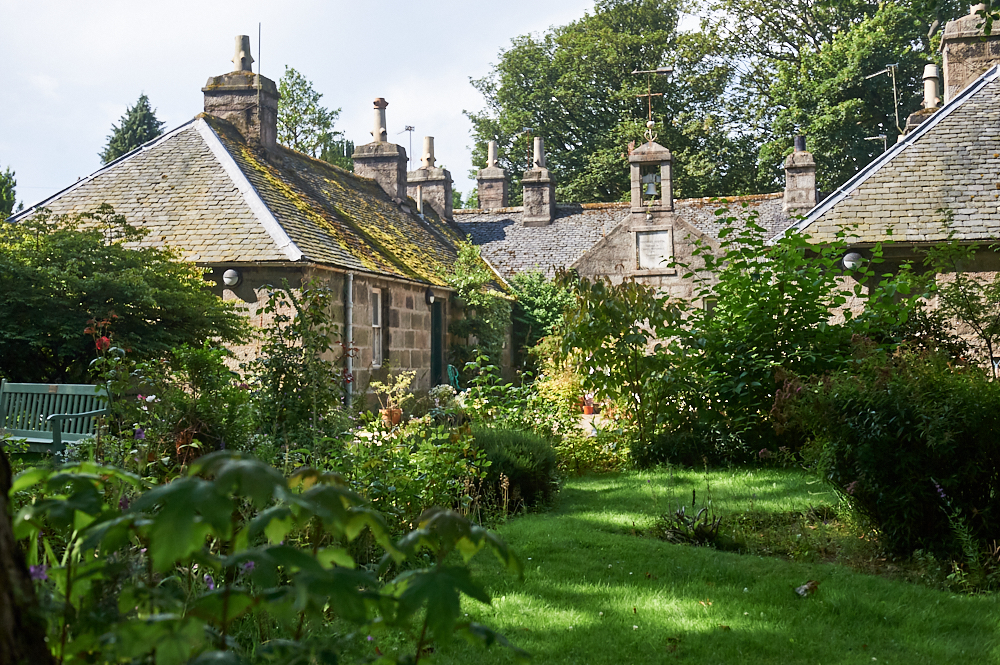
Walking along stunning houses, I made my way towards the Cathedral Church of St Machar, named after the saint Machar who, according to the legend, founded the kirk, the site of worship in Old Aberdeen in about 580. Followed by a Norman cathedral in 1131, which then was demolished in the late 14th century.

The new building contained the nave, including the granite columns and the towers at the western end and the works on the cathedral, went on for the next two hundred years. But parts of it were destroyed during the Scottish Reformation and the central tower and spire collapsed in 1688.
Today the church consists only of the nave and aisles of the earlier building and stunning stained glass windows.
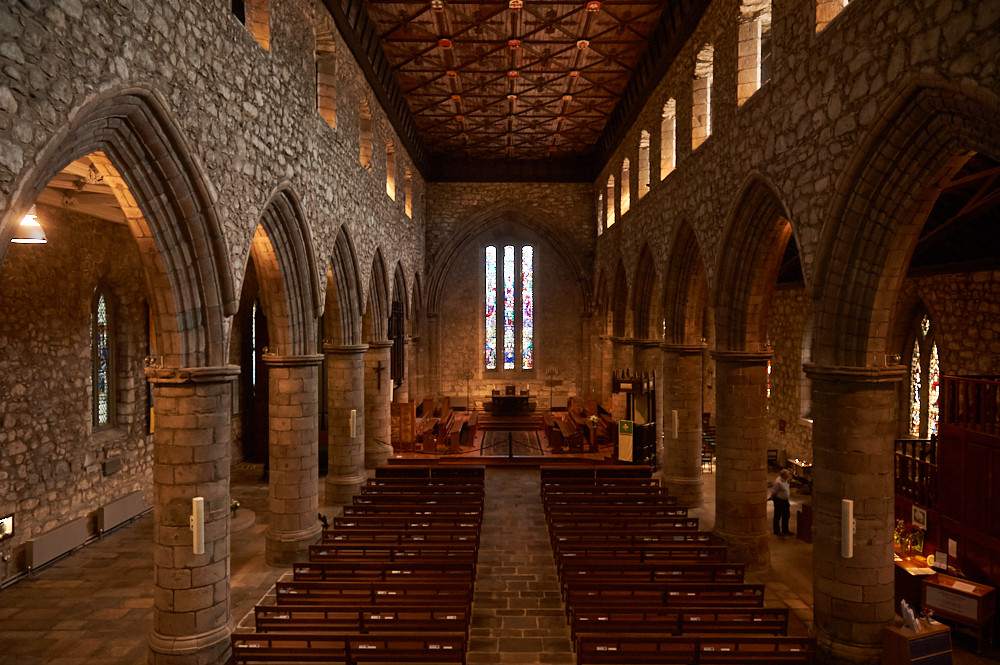
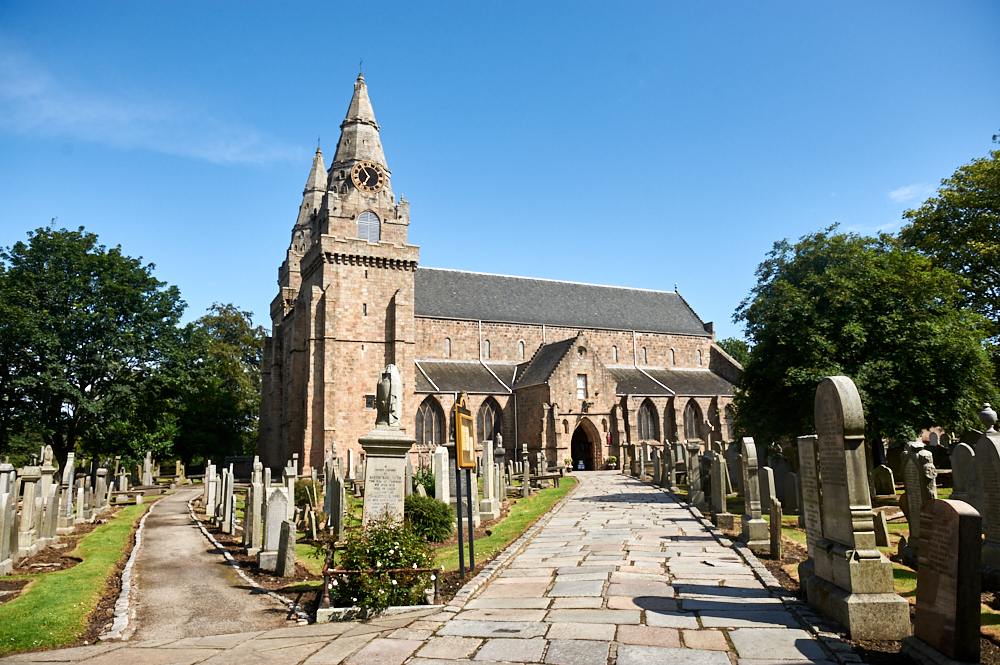
It was time for some rest and lucky me, right next to the church is Seaton Park…
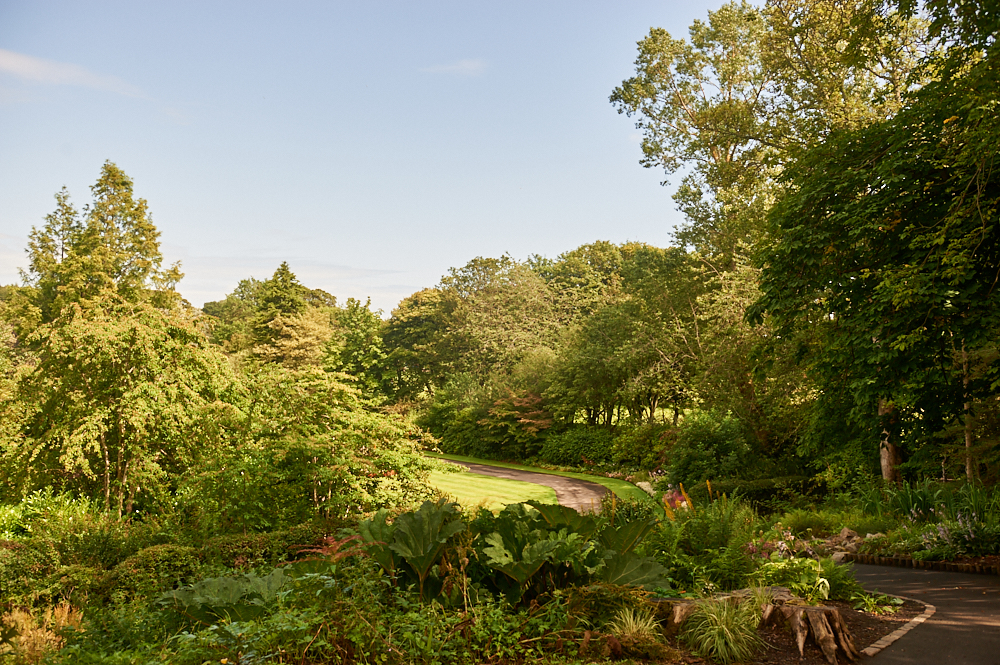
Leave a Reply